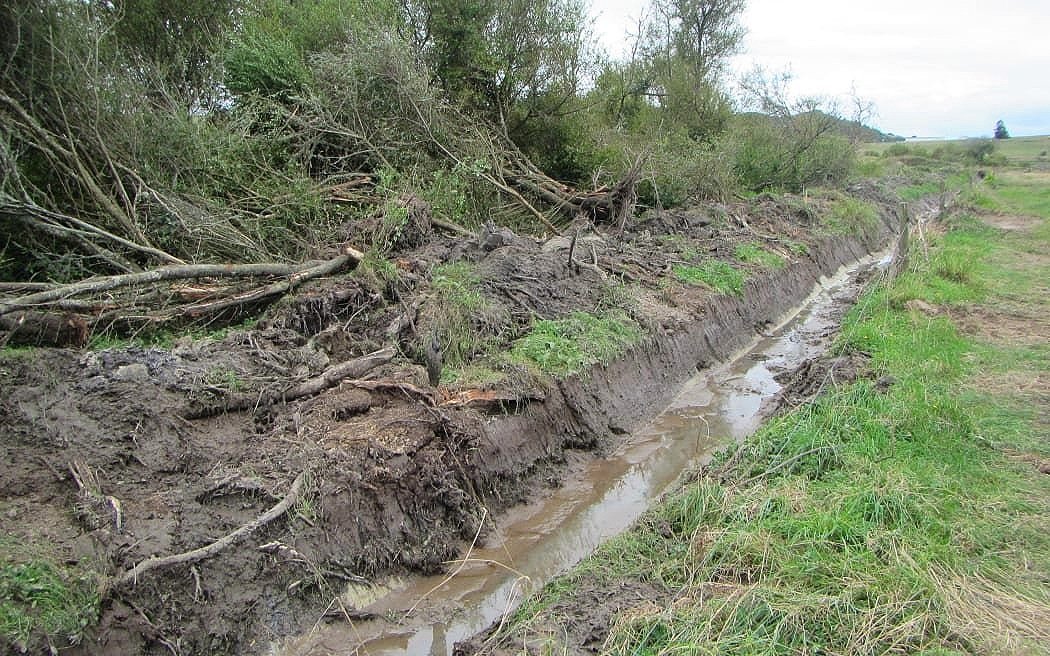
How the RRA model works
RRA selects parcels of farmland with both existing income streams and/or future opportunities where reforestation is both beneficial and needed. Individual blocks of land are then converted into profit making enterprises using an onsite nursery propagation/planting model. Our onsite nurseries allow us to roll out accelerated planting programmes to rapidly establish native forests while increasing and widening revenue streams to ensure a profitable return on your investment from year one.
Commercial advantages of RRA onsite nurseries
Cost savings on plants: By growing our own native plants, we reduce propagation costs and eliminate reliance on external suppliers and transportation.
Accelerated planting programmes: Our onsite nurseries allow us to propagate plants continually, meaning we have a reliable supply chain ensuring the right plants are available when they’re needed, enabling fast and efficient planting.
Scalability and flexibility: We can scale nursery output according to project needs, allowing us to expand planting efforts as we grow.
Our onsite nurseries support cost-effective, timely, and scalable land regeneration, boosting the profitability and sustainability of your investment.

Multiple income streams
RRA’s model generates multiple income streams over and above those generated from carbon credits and land regeneration. Surplus native plant sales, beehive lease, eco tourism and stock grazing are just some of the revenue streams RRA can offer over and above carbon credits. See Homeburn as an example of how this works.
-

Native plant nursary sales
-

Beehive lease
-

Eco-tourism
-

Emission Trading Scheme
